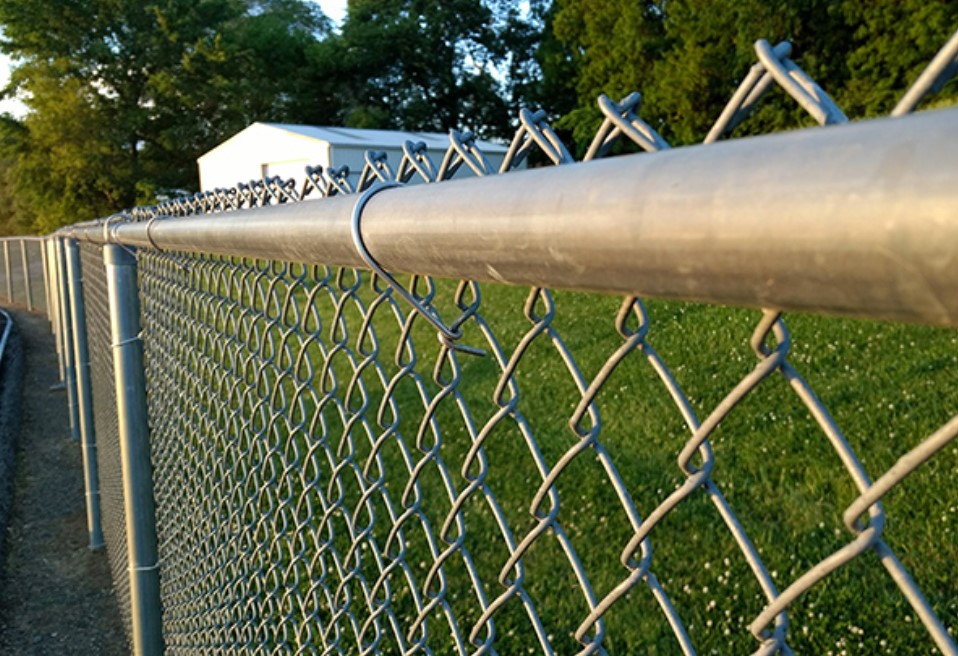
When you are installing a chain link fence on your property, there are some steps that you should keep in mind. Those steps include: choosing the suitable gas-powered post driver, digging postholes, and adding welded wire.
Dig Postholes
The process of installing a chain link fence may require digging postholes. This may not be easy to do if the ground is rocky. It is recommended to hire a professional. They are experts in this area and can help you dig holes.
Before you start a fencing project, you need to find out about the area’s bylaws. You could face legal troubles if you fail to comply with local regulations. In addition, you may be asked to get permission from your neighbor.
When preparing for a chain link fence installation houston tx, it is essential to determine whether or not you need to get a permit. If you do, you should get it from the local government. You should also contact the local utility company to find out if there are any underground lines.
A power auger can be used to dig the postholes. These tools are available for rent or purchase. Using a power drill can save time and eliminate some of the physical labor involved with hand digging.
Select The Suitable Gas-Powered Post Driver
Picking a suitable gas-powered post driver is essential if you’re installing a chain link fence. Using a post driver can save you a lot of time and effort. It can also make your installation much more accessible. However, you will need to consider a few factors before choosing one.
You’ll need to know how many posts to put in. The number you need will depend on the perimeter of your fence. In general, you will need a set of 10 or more posts.
You’ll also need to determine how many top rails to put in. These can vary depending on the slope of the land. Once you have this figure, you’ll need to cut the top rails.
There are three types of fences: corner, vertical and post and rail. When choosing a fence, you should remember that it must withstand winds, heavy snow and hail.
You can use a manual post driver or a gas-powered one. Gas-powered drivers are more expensive than manual drivers but require less muscle power. They also use vibrations to drive the posts into place.
Paint The Fence
If you’re planning to build a chain link fence, you should paint it to protect it from the elements. A painted fence is more appealing than one that is uncoated. It will also help to prevent rust.
You can paint the fence yourself, but hiring a professional is best. While painting, keep dirt and debris out of your work area.
To paint the fence, you’ll need a sprayer and roller. Sprayers can apply large amounts of paint in a short period. Using a roller will allow you to paint smaller pieces, preventing overspray.
Make sure you use an oil-based fence paint. These paints are specially formulated to repel water and weather. They will help your fence last for a long time. Depending on the type of paint, you can expect the fence to dry in a few hours to a few days.
Before you begin, clean the fence’s surface to remove any dirt or rust. This can be done with a power washer or a wire brush. Once you’ve cleaned the entire fence, you can start applying the paint.
Add Welded Wire
When you want to add height to a chain link fence, welded wire is the way to go. This is an inexpensive and versatile option. However, it requires some special techniques.
First, you will need to cut the end of the rail to fit into the rail cup at the bottom. You can use a pipe cutter or hacksaw to do this. Make sure you cut at least 6 inches past the bend.
Next, you need to install the top rail. If you’re skilled, you could do this by hand. You may need to adjust the top rail after installation.
For a more permanent fence, you can use tension bars. These are used at the ends of the fence to secure it in place. In addition, you can use hog rings to attach the tension bar to the fabric.
Tie wire is another method of connecting the two sections of a welded wire mesh fence. Tie wires are like twisted ties on a plastic bag. They are easy to attach, but they may cause cuts in the fabric.
